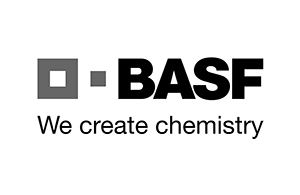
History of Coolant Base Fluid Development:/冷冻液基础液的发展历史:
• Alcohols 醇 低沸点,易燃
- Disadvantages: Low Boiling Point; Potential Fire Hazard
• Salts 盐 易致锈,易结晶沉淀
- Disadvantages: Corrosiveness; Deposits by Cristallisation
• Glycerine 甘油 粘度高,防冻差,与橡胶不相容
- Disadvantages: High Viscosity; Less Freezing Protection; Incompatibility with Rubber Hoses
The Solution: Mono Ethylene Glycol / 解决方法:乙二醇
BASF Patent granted in 1929. Brand Name:Glysantin / 巴斯夫于1929年取得专利 商品名称: GLYSANTIN
Characteristics of Good Engine Coolants:/优秀发动机冷冻液的特点:
• Prevention of Corrosion/防锈
• Prevention of Cavitation/抗汽蚀
• Prevention of Over-heating/防过热
• Excellent Heat Transfer/良好的导热性
• Stability at high Temperature/高温稳定性
• Compatibility with Hard Water/对硬水的高容忍性
• Little Swelling of Rubber and Elastomeres/不会引起橡胶及高弹体的明显膨胀
• Low Foaming Tendency/低泡
• Prevention of Deposits/防沉淀
• Freeze Protection/防冻
Basic Formulation of Coolants/冷冻液的基本组成:
1. Base Fluid/基础液(Mono EthyleneGlycol/乙二醇),> 90% + Additives/添加剂(Surface activeInhibitors prevent/表面活性抑制剂(Corrosion/防锈、Cavitation/防汽蚀、Deposits/防沉淀;Others/其他:pH Buffer/缓冲pH、Defoamer/消泡、Stabilizer/稳定)),5-7% + Water/水(as by-productsfrom components/反应副产品),3 - 5% = Coolant Concentrate/原液.
2. Coolant Concentrate 原液(30 – 60%) + Water 水(40 – 70%) = Coolant/冷冻液(ready to use/即用型).
